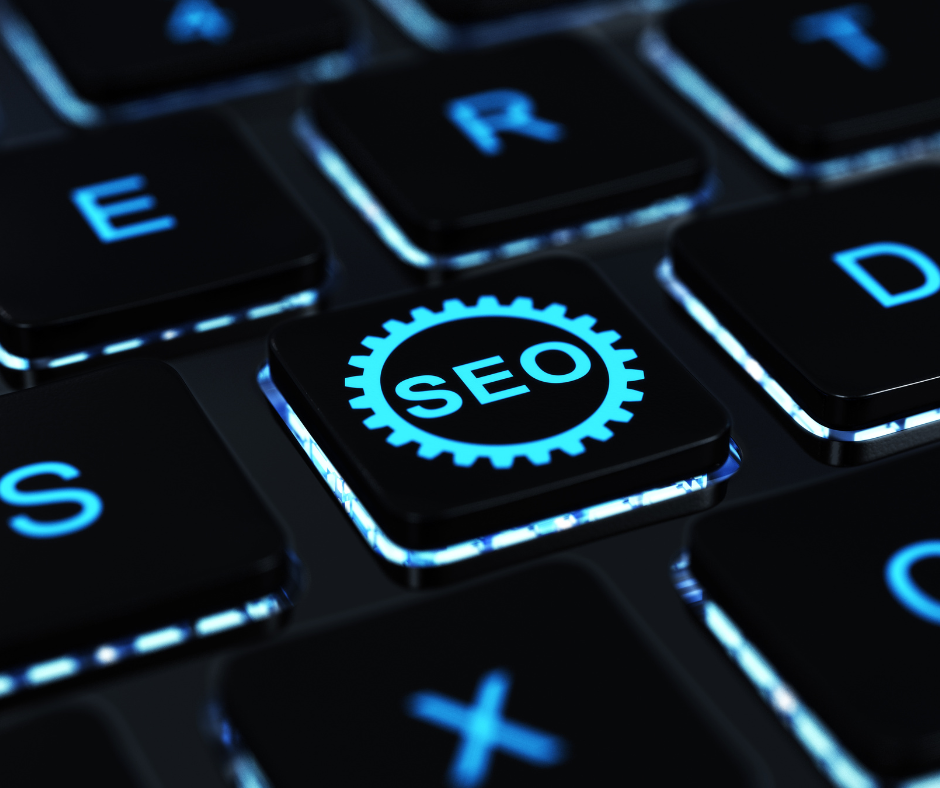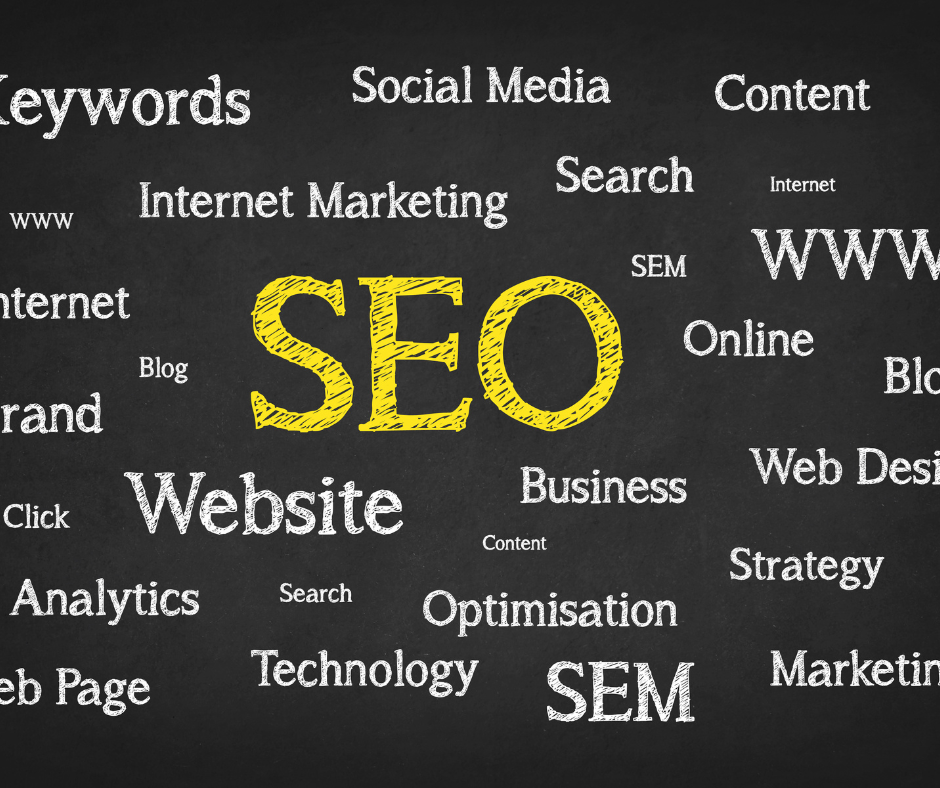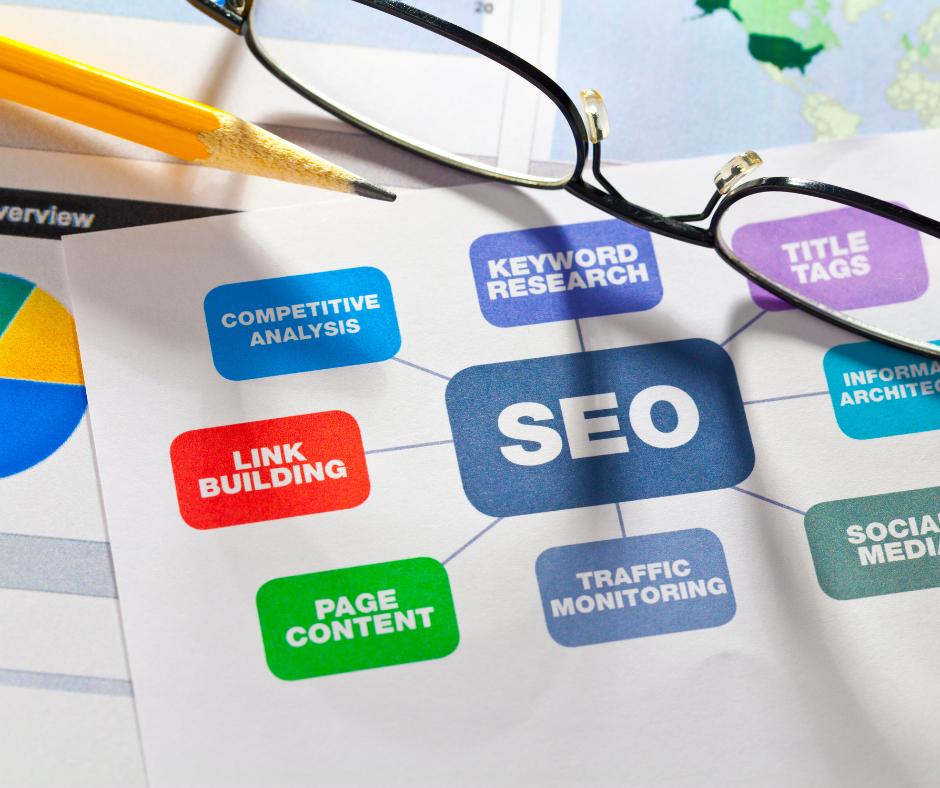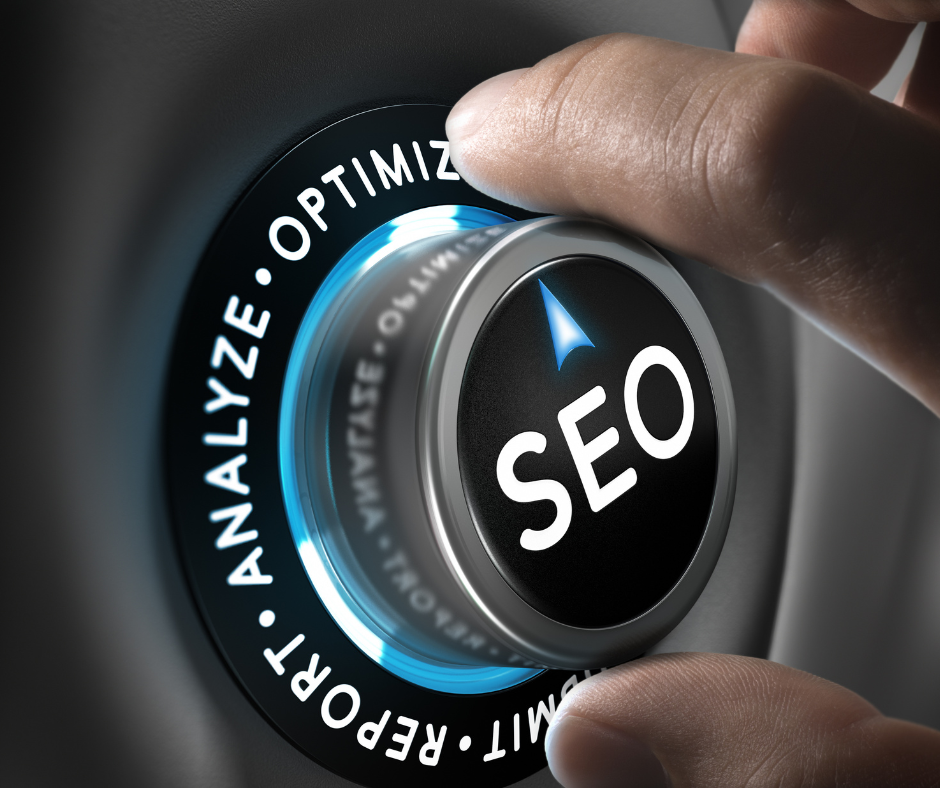Web Designer Wrexham, Professional Website Services - Tony Jones CITP, FBCS.
The future friendly SEO websites in 2023
Websites with SEO that will work in future 2023
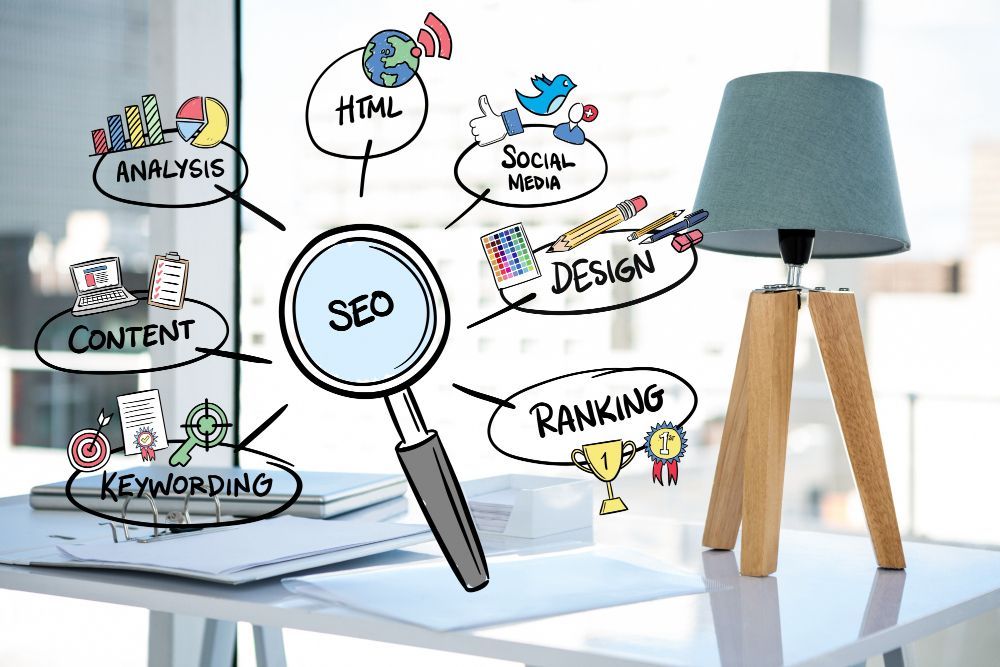
The Future of SEO-Friendly Web Design
Designing SEO-friendly websites has been a challenge for web designers for years. The goal is to create sites that are both appealing to users and rank well in search engine results pages (SERPs). However, as the algorithms that power SERPs continue to evolve, so too must the designs of SEO-friendly websites.
In this article, we'll explore some of the latest trends in SEO-friendly web design. We'll also discuss some of the challenges that web designers face in creating such sites. By understanding these trends and challenges, you'll be better equipped to create websites that both rank well in SERPs and provide a great user experience.
- The evolution of SEO-friendly web design.
- The benefits of an SEO-friendly website.
- The importance of optimising website design for mobile devices.
- The need for speed: why website speed is critical for SEO.
- The impact of artificial intelligence on SEO-friendly web design.
- The future of SEO-friendly web design.
1. The evolution of SEO-friendly web design.
The internet has changed dramatically since its inception, and web design has had to change with it. The early days of the internet were all about text-based websites, which were designed to be as accessible as possible to the widest audience possible. This meant that search engine optimisation (SEO) was not really a consideration, as there were no real search engines to speak of.
As the internet evolved, so did web design. The introduction of HTML and CSS allowed for much more sophisticated designs, and the use of images and videos became more common. However, these new features also presented new challenges for SEO. designers had to learn how to use keywords and tags to ensure that their websites would show up in search results.
In recent years, there has been a shift back to simplicity in web design. This is partly due to the rise of mobile devices, which have limited screen space. But it also reflects a realisation that simpler websites are often easier to navigate and use, and they load faster too. This new wave of SEO-friendly web design is focused on creating websites that are easy to use and understand, while still being optimised for search engines.
The future of SEO-friendly web design is likely to be more focused on user experience than ever before. designers will continue to find new ways to make websites more user-friendly, while also making sure that they are visible in search results. As the internet evolves, so will SEO-friendly web design.
2. The benefits of an SEO-friendly website.
An SEO-friendly website is one that is designed to help improve your site’s visibility in search engine results pages (SERPs). This can be achieved through the use of various techniques, such as optimizing your website’s content and structure, using keyword-rich titles and descriptions, and creating backlinks to your site.
There are many benefits of having an SEO-friendly website, including the following:
- improved visibility in search engine results pages,
- increased traffic to your website,
- higher chances of conversion,
- improved brand awareness, and
- better chances of ranking for long-tail keywords.
All of these benefits can lead to one important thing: more revenue for your business. That’s why it’s important to make sure your website is as SEO-friendly as possible.
Here are a few tips to help you create an SEO-friendly website:
- Use keyword-rich titles and descriptions: Titles and descriptions are two of the most important elements of an SEO-friendly website. Make sure to include relevant keywords in these elements, so that your site can be easily found by potential visitors.
- Optimize your website’s structure and content:
A well-organised website with well-written and keyword-rich content is more likely to rank higher in search engine results pages.
- Create backlinks to your website:
Backlinks are links from other websites that lead to your website. They are an important ranking factor for SEO, so it’s important to create backlinks from high-quality websites.
3. The importance of optimising website design for mobile devices.
It’s no secret that mobile devices are taking over the world. It seems like everyone has a smartphone or tablet these days, and they’re using them for everything from checking the weather to online shopping. With so many people using mobile devices to access the internet, it’s more important than ever to make sure your website is optimised for mobile.
There are a few things to keep in mind when optimising your website for mobile devices. First, you need to make sure your website is responsive. This means that your website will adjust to fit the screen of whatever device it’s being viewed on. There’s nothing worse than trying to navigate a website that’s not designed for mobile and having to zoom in and out to try to find what you’re looking for.
Second, you need to make sure your website loads quickly on mobile devices. People are used to getting information almost instantaneously, and if your website takes too long to load, they’re likely to just give up and go somewhere else.
Third, you need to make sure your website is easy to navigate on a mobile device. This means having a clear and easy-to-use menu, and making sure your content is easy to find. Remember, people are using their fingers to navigate on a mobile device, so you need to make sure everything is big enough to be easily clicked on.
Optimising your website for mobile devices is essential if you want to stay ahead of the competition. More and more people are using mobile devices to access the internet, and if your website isn’t optimised for mobile, you’re likely to lose out on a lot of potential business.
4. The need for speed: why website speed is critical for SEO.
In the fast-paced world of the internet, speed is everything. Users are notoriously impatient, and if your website takes too long to load, they will simply click away and find a competitor who can give them what they want faster. In today's digital landscape, website speed is critical for SEO.
There are a number of reasons why website speed is so important for SEO. Firstly, faster websites provide a better user experience, and user experience is a key ranking factor for Google. Secondly, fast websites are more likely to be indexed by Google, as the search engine robots crawl the web at a set speed and index pages as they go. If your website is slow, it is likely that the robots will simply skip over it.
Thirdly, fast websites tend to have lower bounce rates, as users are more likely to stick around and explore a website that loads quickly. Bounce rate is another key ranking factor for Google, so a lower bounce rate will lead to better SEO. Finally, fast websites are more likely to be shared on social media, as users are more likely to share a website that they had a good experience with.
There are a number of ways to speed up your website, such as optimising your images, minifying your code, and using a content delivery network. However, one of the most important things you can do is to choose a good web hosting provider. A good web host will have servers that are optimized for speed, and they will be able to provide you with the tools and resources you need to keep your website running quickly.
Website speed is critical for SEO, and it is important to make sure that your website is as fast as possible. There are a number of ways to speed up your website, but one of the most important is to choose a good web hosting provider. A good web host will have servers that are optimised for speed, and they will be able to provide you with the tools and resources you need to keep your website running quickly.
5. The impact of artificial intelligence on SEO-friendly web design.
In recent years, there has been a lot of talk about the impact of artificial intelligence (AI) on various aspects of our lives, including the way we search for information online. While it is still early days, it seems clear that AI will have a significant impact on SEO-friendly web design.
There are a number of ways in which AI can impact SEO-friendly web design. First, AI can help to improve the quality of search results. By using artificial intelligence, search engines can better understand the user's intent and provide more relevant results. This is especially important for voice search, which is likely to become increasingly popular in the coming years.
Second, AI can help to improve the usability of search engines. Currently, search engines do a good job of providing relevant results, but they can be difficult to use, particularly for complex queries. AI can help to make search engines more user-friendly by providing better results for complex queries and by making it easier to find the information that users are looking for.
Third, AI can help to improve the speed of search results. Currently, search engines take a long time to return results, particularly for complex queries. However, by using artificial intelligence, search engines can speed up the search process, making it more convenient for users.
Fourth, AI can help to improve the accuracy of search results. Currently, search engines sometimes provide inaccurate results, which can be frustrating for users. However, by using artificial intelligence, search engines can provide more accurate results, which will make users more likely to find what they are looking for.
Finally, AI can help to improve the quality of search results. Currently, the quality of search results can be poor, with a lot of irrelevant and low-quality results being returned. However, by using artificial intelligence, search engines can improve the quality of their results, making it more likely that users will find what they are looking for.
Overall, it is clear that AI will have a significant impact on SEO-friendly web design. AI can help to improve the quality of search results, the usability of search engines, the speed of search results, the accuracy of search results, and the quality of search results. All of these factors will make it easier for users to find the information they are looking for, which will ultimately lead to more traffic and more customers for businesses.
6. The future of SEO-friendly web design.
Over the past few years, there has been a major shift in the way that people browse the internet. No longer are people using search engines to find information; instead, they are using social media platforms, such as Facebook, Twitter, and Instagram. This shift has made it more important than ever for businesses to have a strong social media presence. However, social media alone is not enough; businesses also need to have a website that is optimised for search engine ranking.
In the past, the primary focus of SEO was on optimising website content for keywords. However, with the rise of social media, the role of SEO has changed. Now, the primary focus of SEO is on creating content that is shareable on social media platforms. This content must be interesting, informative, and visually appealing. In addition, it must be optimised for the specific platform on which it will be shared.
There are a number of factors that will affect the future of SEO-friendly web design. First, the rise of mobile devices has made it necessary for businesses to have a mobile-friendly website. This means that the website must be designed for smaller screens and touchscreens. In addition, the website must load quickly on mobile devices. Secondly, the use of social media platforms as a primary means of discovery means that businesses must have a strong social media presence. Third, the increasing use of voice search means that businesses must optimise their website for voice search.
The future of SEO-friendly web design is dependent on the ability of businesses to adapt to the ever-changing landscape of the internet. Those businesses that are able to create a website that is optimised for mobile devices, social media, and voice search will be the ones that succeed in the future.
Overall, the future of SEO-friendly web design is looking good. With the advent of new technologies and the increasing importance of user experience, designers and developers will continue to find new ways to make websites more search-engine friendly. In the meantime, there are a number of things that webmasters can do to improve their chances of ranking high in search results. By following the tips above, you can make sure that your website is well-optimised for search engines and that your visitors have a positive experience.
Any questions: Call Tony on 07990 797302.
This cover image has been designed using assets from Freepik.com
About the author Tony Jones CITP FBCS:
An experienced and qualified Web Designer based in Wrexham, a Chartered IT Professional and a Fellow of the British Computer Society.
Contact us
We will get back to you as soon as possible
Please try again later
More news and articles: - Websites, Design, SEO, Artificial Intelligence, anything Digital Technology.

All Rights Reserved | TonyJones & Co.


